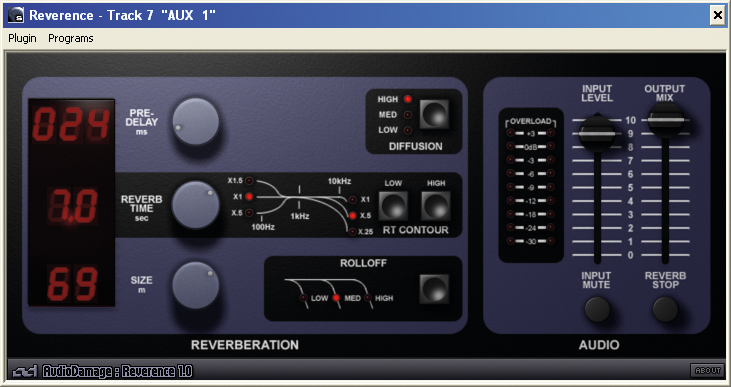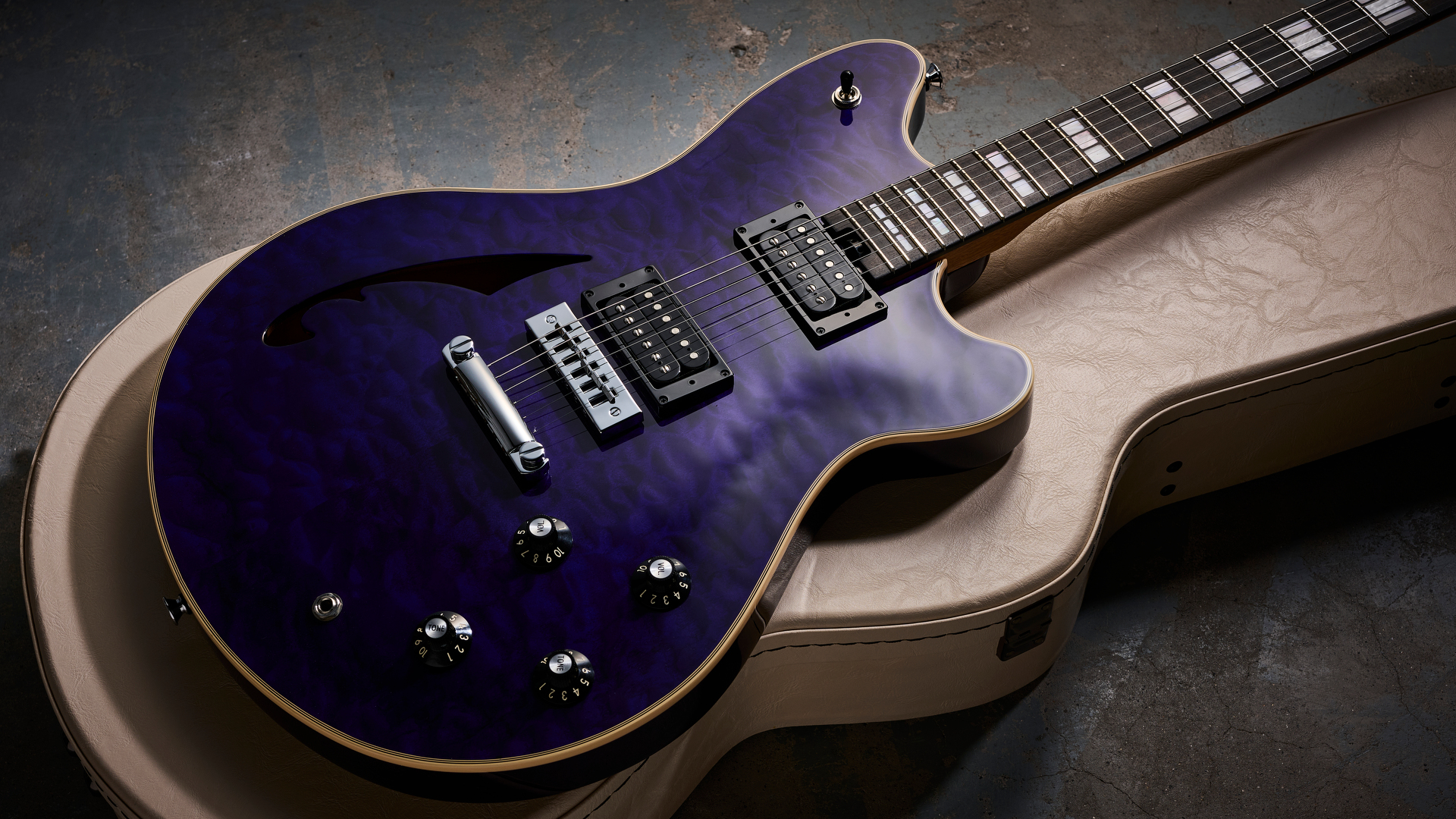MusicRadar Verdict
Although limited in scope, at this price, Reverence is definitely worth considering, particularly if you have a specific use for it.
Pros
- +
Sounds like a 1980s hardware reverb. Good for ultra-short reverb. Wide stereo image. Easy to use.
Cons
- -
Not as natural as a real plate. Controls are a bit conservative. Limited variation of sound.
MusicRadar's got your back
The reverb plug-in market is now so crowded as to be almost full. There´s a handful of expensive, top-of-the-range offerings, a smattering of mid-priced ones, and a good number of free models that are of surprisingly good quality. So, even if you have zero budget, your reverb needs can easily be met.
This being the case, any reverb plug-in that costs money must have something a little different about it in order to be attractive. Audio Damage´s new Reverence plug-in distinguishes itself by simulating a digital plate reverb emulation (a simulation of a simulation, then).
So, let´s talk features. Reverence is sparse, though not in a bad way. Pretty much all you need is here: Reverb Time and Size controls to balance against each other, and push-buttons for various damping and diffusion characteristics. These neatly mimic the operation of rackmountable digital reverb hardware.
Our only criticism is that the controls don´t offer quite the extremities of settings that we´d like to see. However, it may be that Audio Damage have restricted the controls so that they operate only in the range in which Reverence sounds at its best.
Nostalgia
Speaking of which, the sound of Reverence is definitely artificial, but again, not in a bad way. In fact, it conjures up affectionate memories of the better digital reverbs available in the late 1980s. Perhaps for this very reason, Reverence does seem to work exceptionally well on synthesizer sounds - if you´re trying to recreate the sound of the early electronic dance acts, then this is a plug-in worth investigating.
The degree of sound variation, however, is somewhat limited. Although there´s a big difference between the shortest settings and the very longest ones, they all still share the same, recognisable sonic signature, and you´re never left in any doubt that this is a single-algorithm reverb system.
Reverence is certainly a very usable reverb plug-in, but it could never really serve as your one and only reverb; it just isn´t flexible enough for that. In terms of tone, it sounds (intentionally) like a digital plate reverb preset rather than a piece of physical plate hardware, and the longer reverb settings don´t have quite the desired effect on vocals.
Nevertheless, $39 isn´t a great deal of money to pay for such a plug-in, and it´s difficult to fault Reverence from a technical perspective. So, if you like its character and want to add a new weapon to your reverb armoury, or have in mind a particular sound that could benefit from being processed by it, there´s no reason not to go ahead and get your credit card out.
MusicRadar is the number 1 website for music makers of all kinds, be they guitarists, drummers, keyboard players, djs or producers...
GEAR: We help musicians find the best gear with top-ranking gear round-ups and high- quality, authoritative reviews by a wide team of highly experienced experts.
TIPS: We also provide tuition, from bite-sized tips to advanced work-outs and guidance from recognised musicians and stars.
STARS: We talk to musicians and stars about their creative processes, and the nuts and bolts of their gear and technique. We give fans an insight into the actual craft of music making that no other music website can.

“It was the most disgusting thing I could ever imagine. It makes me sick just thinking of it!” The Cars’ guitarist Elliot Easton recalls the worst thing that ever happened to him on stage

“I really thought I was going to die... and it absolutely was so freeing”: Blink 182’s Mark Hoppus talks surviving cancer and his band’s resurrection

“From the very start of his social media rise Giacomo has been using other people’s compositions”: Social media guitar influencer Giacomo Turra accused of using other musicians’ arrangements and passing them off as his own











